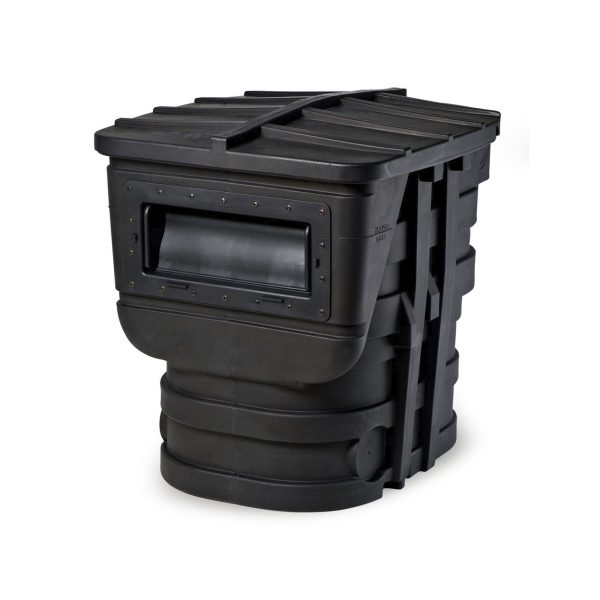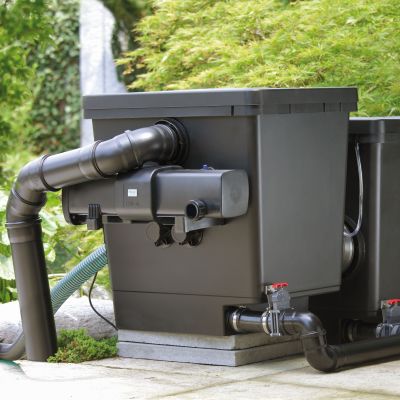
One of the most significant challenges faced by pond owners is keeping their water clean and clear of Green Water. This greenish hue is caused by algae, a basic form of plant life that thrives on organic waste from fish and other animals.Algae relies on the nitrogen found in animal waste as a food source. By eliminating the waste from the pond, you deprive the algae of its nutrients, preventing its growth. In nature, fast-moving rivers that flow over stones often remain clean and drinkable, despite the presence of animal waste upstream. The slimy coating found on these rocks is actually composed of beneficial bacteria (microorganisms), which thrive on dissolved oxygen and animal waste, and play a crucial role in maintaining water quality.
Animal waste mainly consists of nitrogen, typically in the form of proteins. Nitrogen is essential for plant growth, and through the natural activity of bacteria, this nitrogen is converted into compounds that reduce algae growth. Our pond filtration systems work by mimicking this natural process, using beneficial bacteria to break down waste and maintain a balanced ecosystem.
Aeration vs. Filtration:
Many pond owners mistakenly believe that simply aerating the water or circulating it will keep the pond clear. While it is true that water movement benefits fish by increasing oxygen levels and removing certain pollutants, it does not address the core issue of providing a habitat for denitrifying bacteria. These bacteria, along with appropriate filter media, are essential for processing the waste and ensuring the health of the pond. To truly keep the pond clean, the water must flow through the filtration system continuously, just like in nature, where bacteria are constantly fed without the system becoming clogged.
Choosing the Right Filtration Media:
Mechanical filters, like those used in swimming pools, are not suitable for bacterial filtration because they quickly become clogged. Similarly, materials such as sponge, rubber, or cotton do not provide the surface area necessary for bacterial growth. However, specialized filter mats designed for bacterial filtration are available. These mats have a large surface area that can support billions of bacteria in a small space. Regular rinsing, using pond water (not tap water), is all that’s needed to maintain the filter. Be cautious not to over-clean the filter, as this could disrupt the established bacterial colony.
It can take up to 12 weeks for a new filter to establish a sufficient bacterial population on its media. However, using “bacterial starter cultures” can significantly speed up this process.
Signs of a Healthy Filtration System:
As the filtration system matures, you may notice a green or black growth on the walls of the pond. This is a positive sign, indicating that the bacteria are actively working. There’s no need to remove this growth, as it’s a natural part of the system. In fact, it can enhance the color of the fish and give the pond a more established, mature look.
Happy Pond Keeping!
By following these principles of bacterial filtration, you can maintain a healthy and vibrant pond environment, free from excessive algae and rich in beneficial microorganisms that help sustain a balanced ecosystem.

